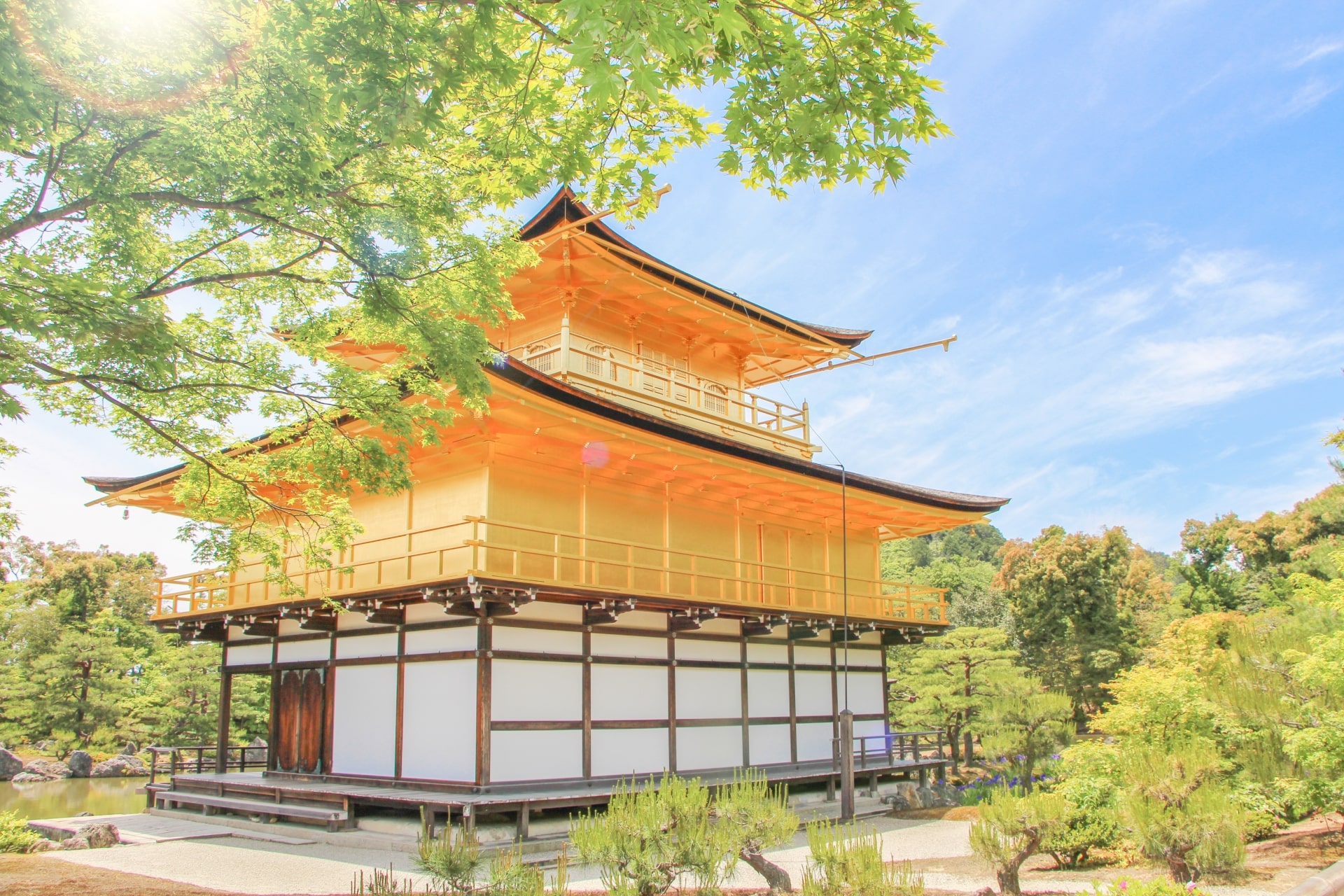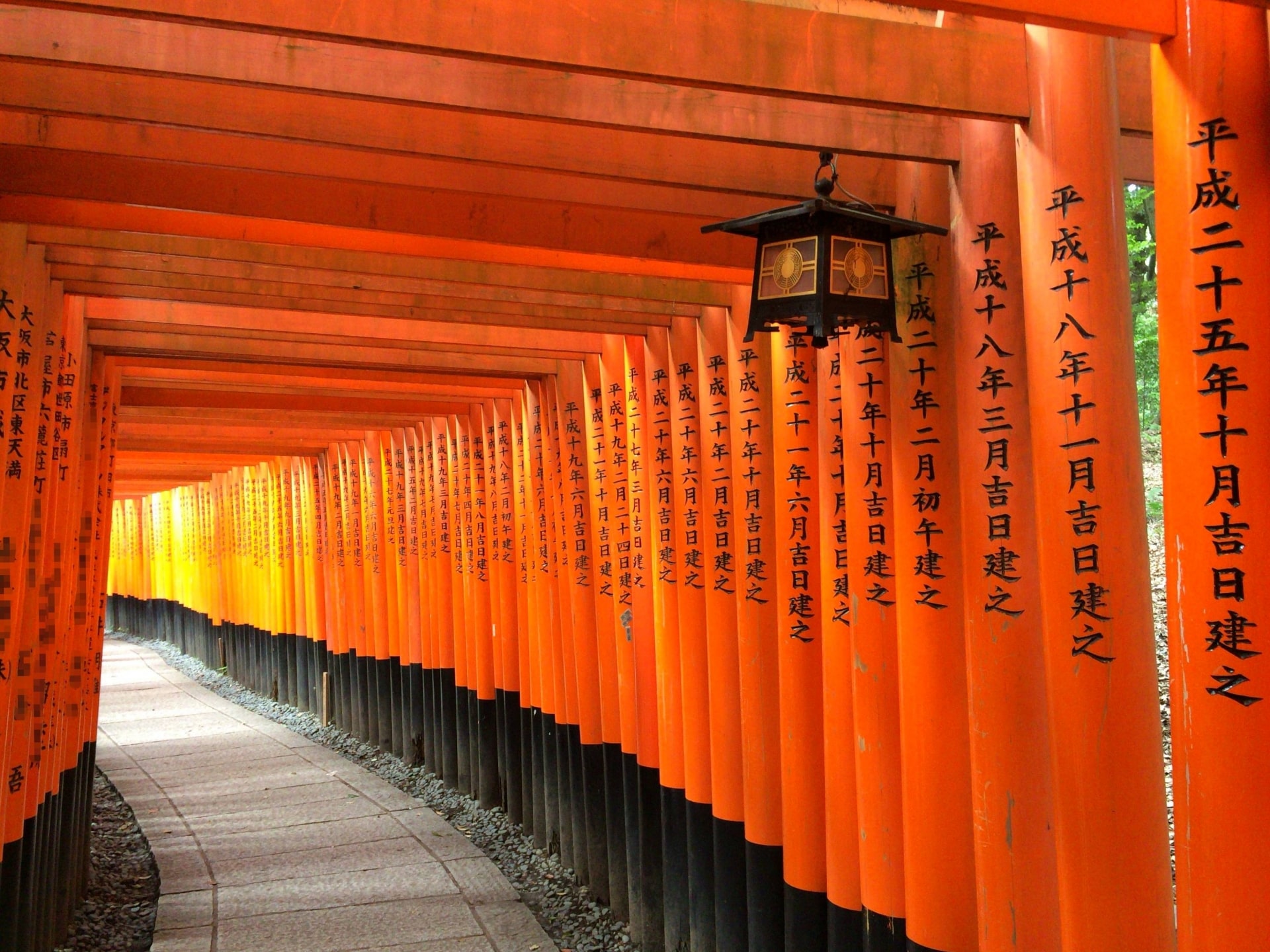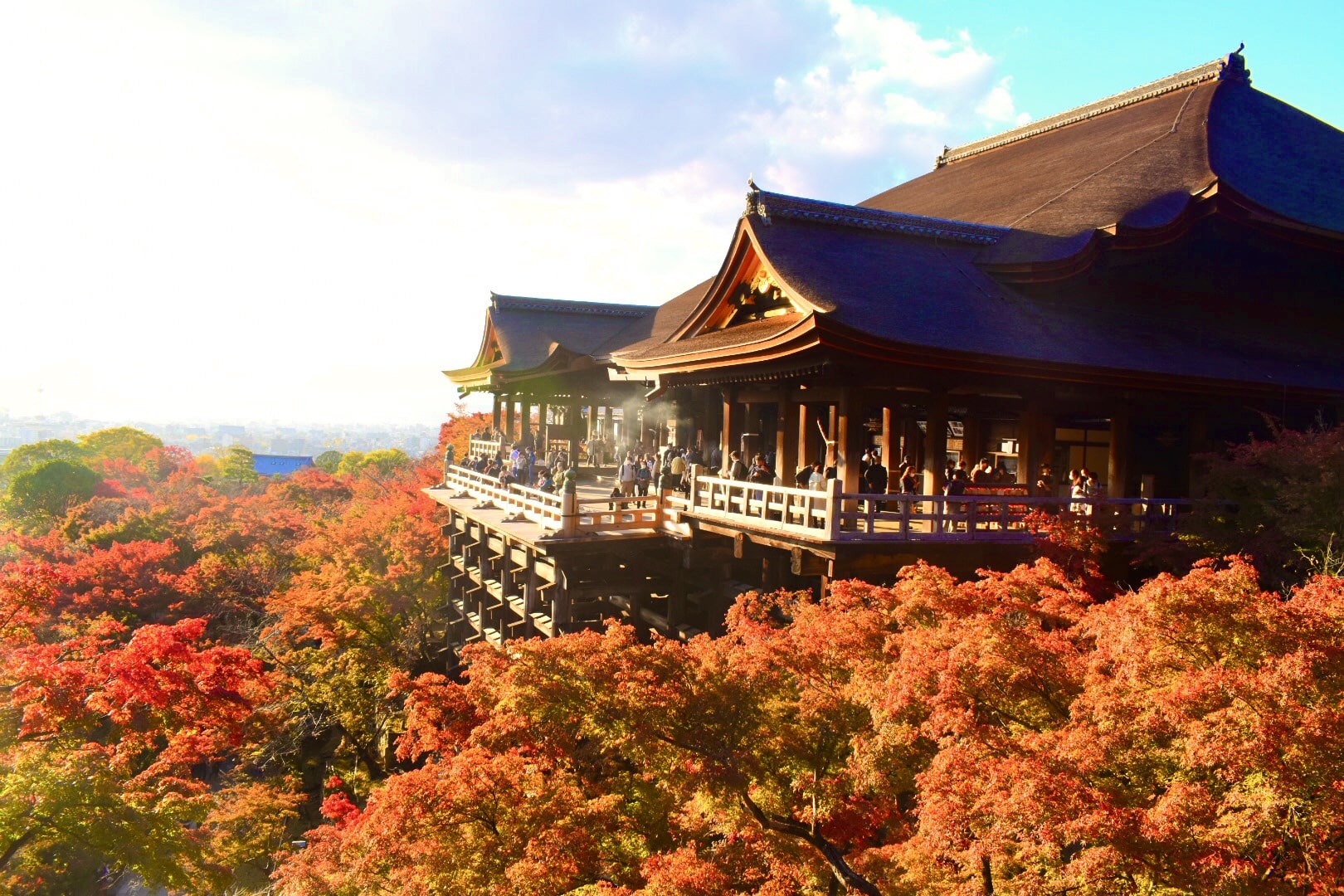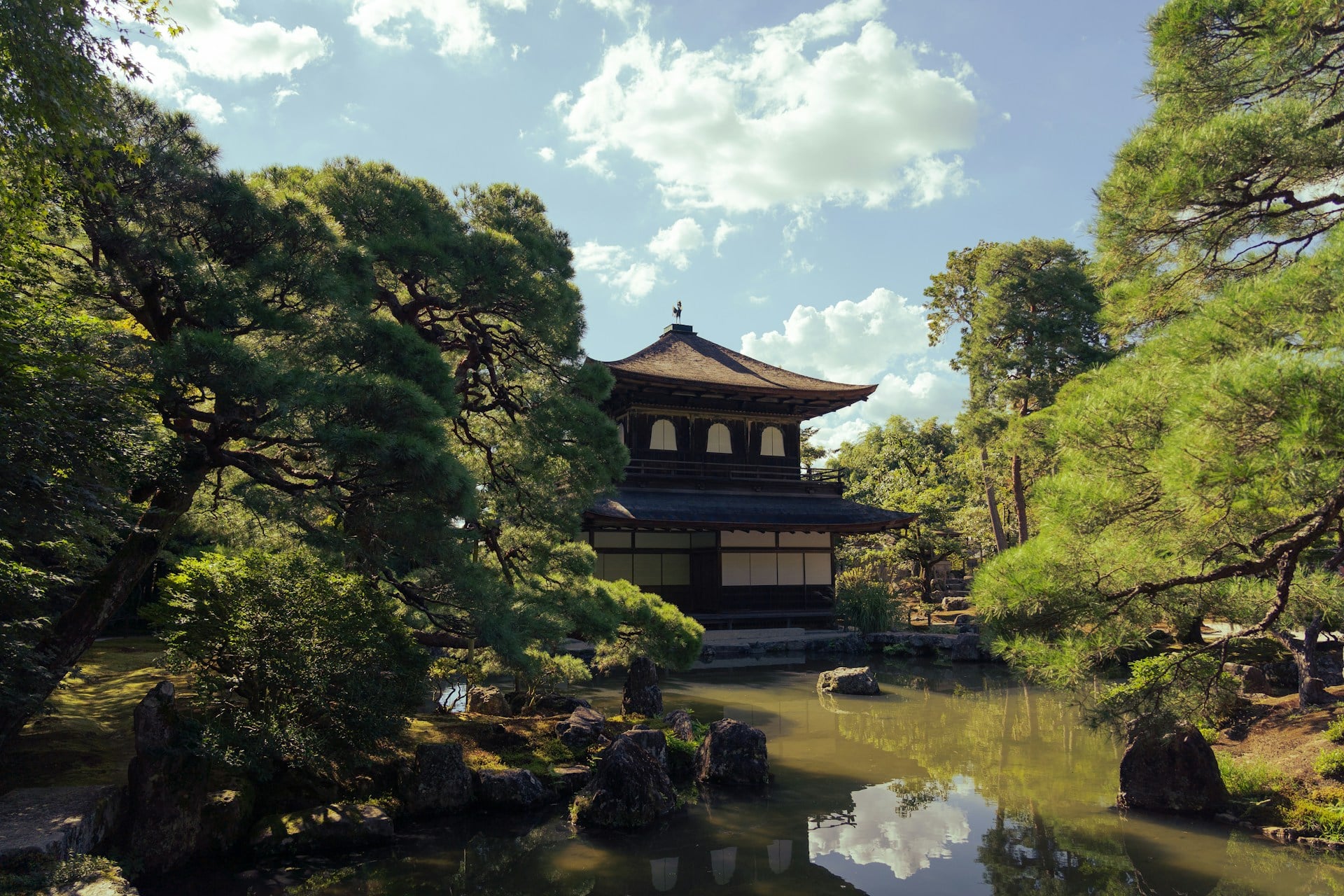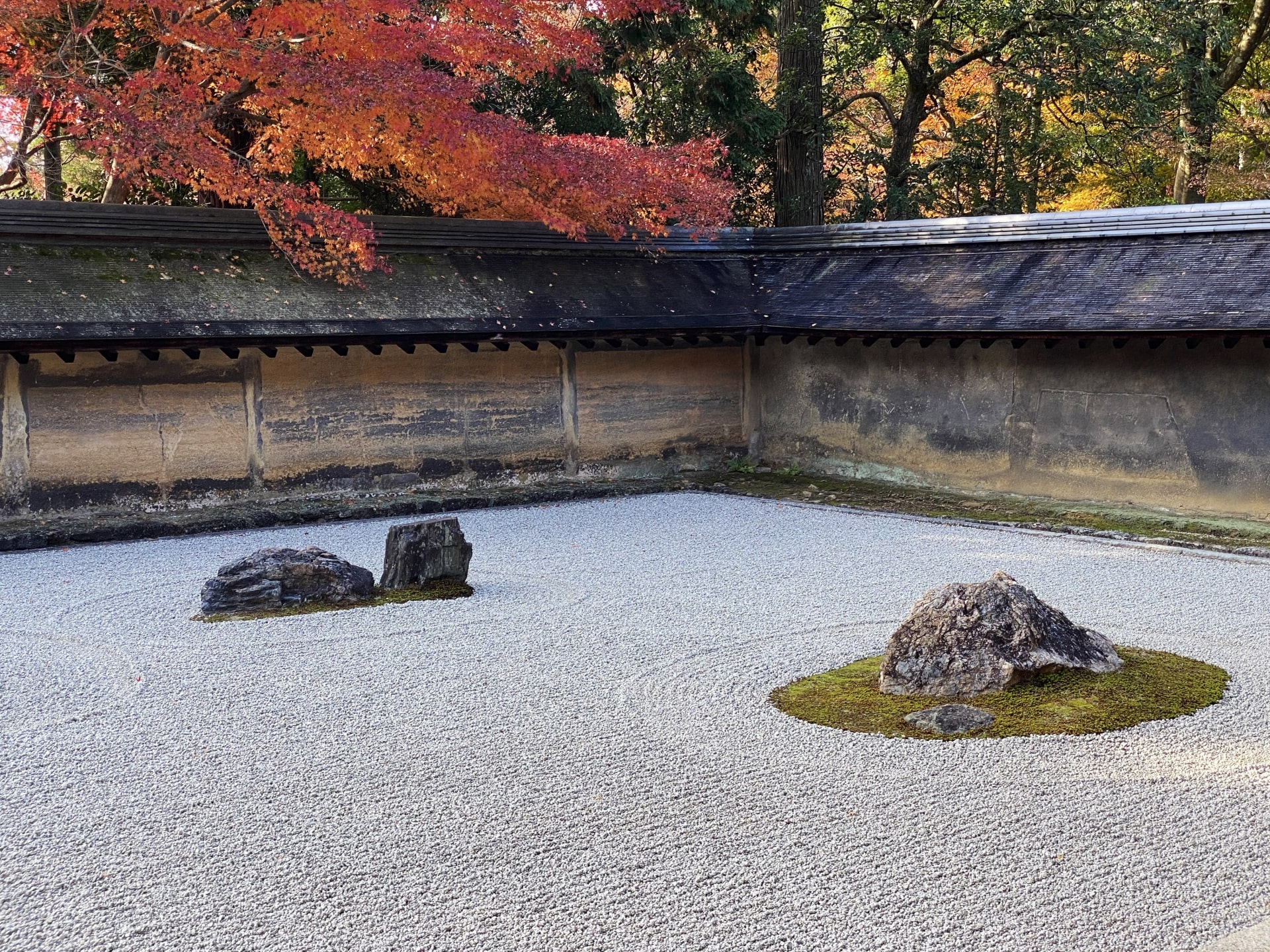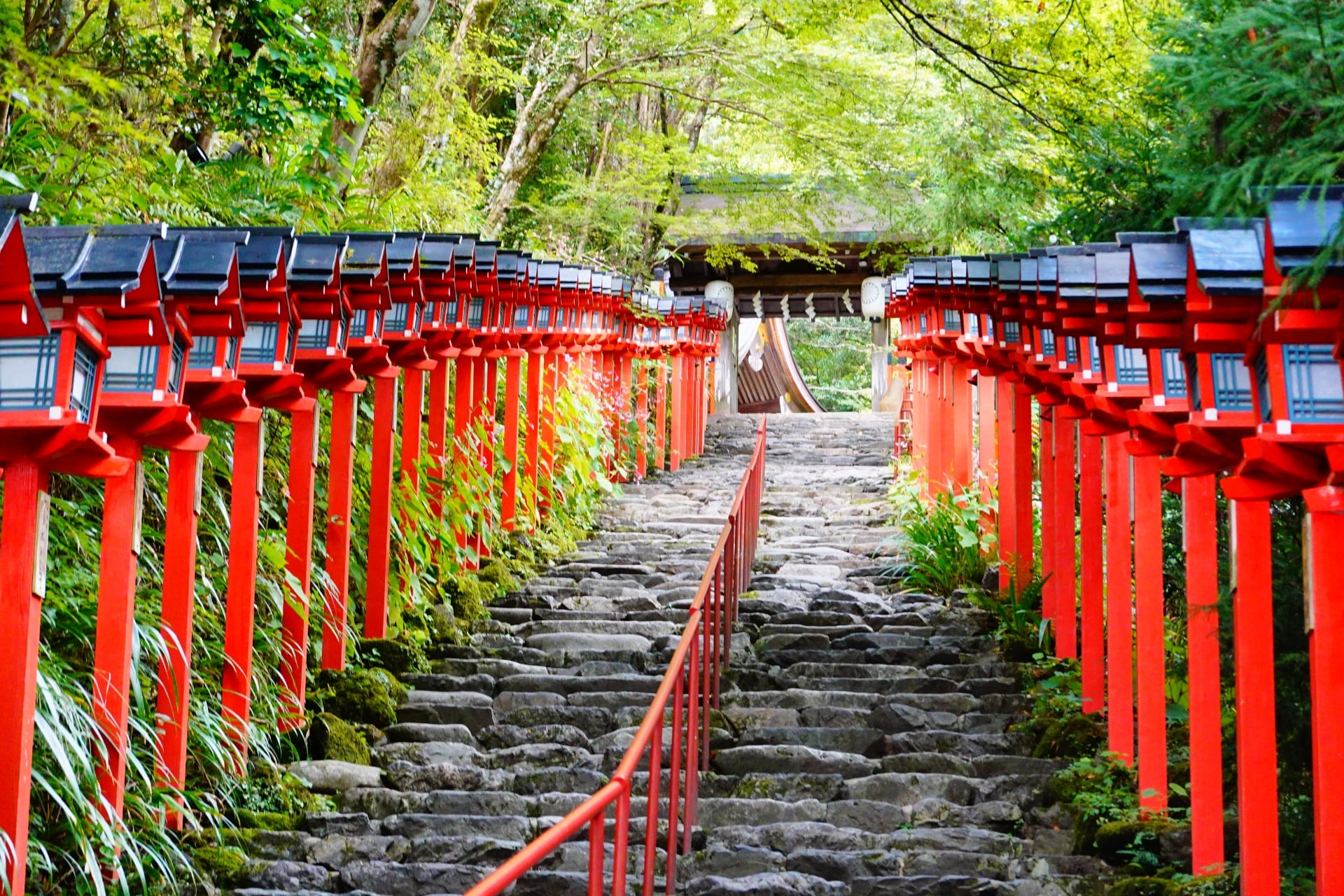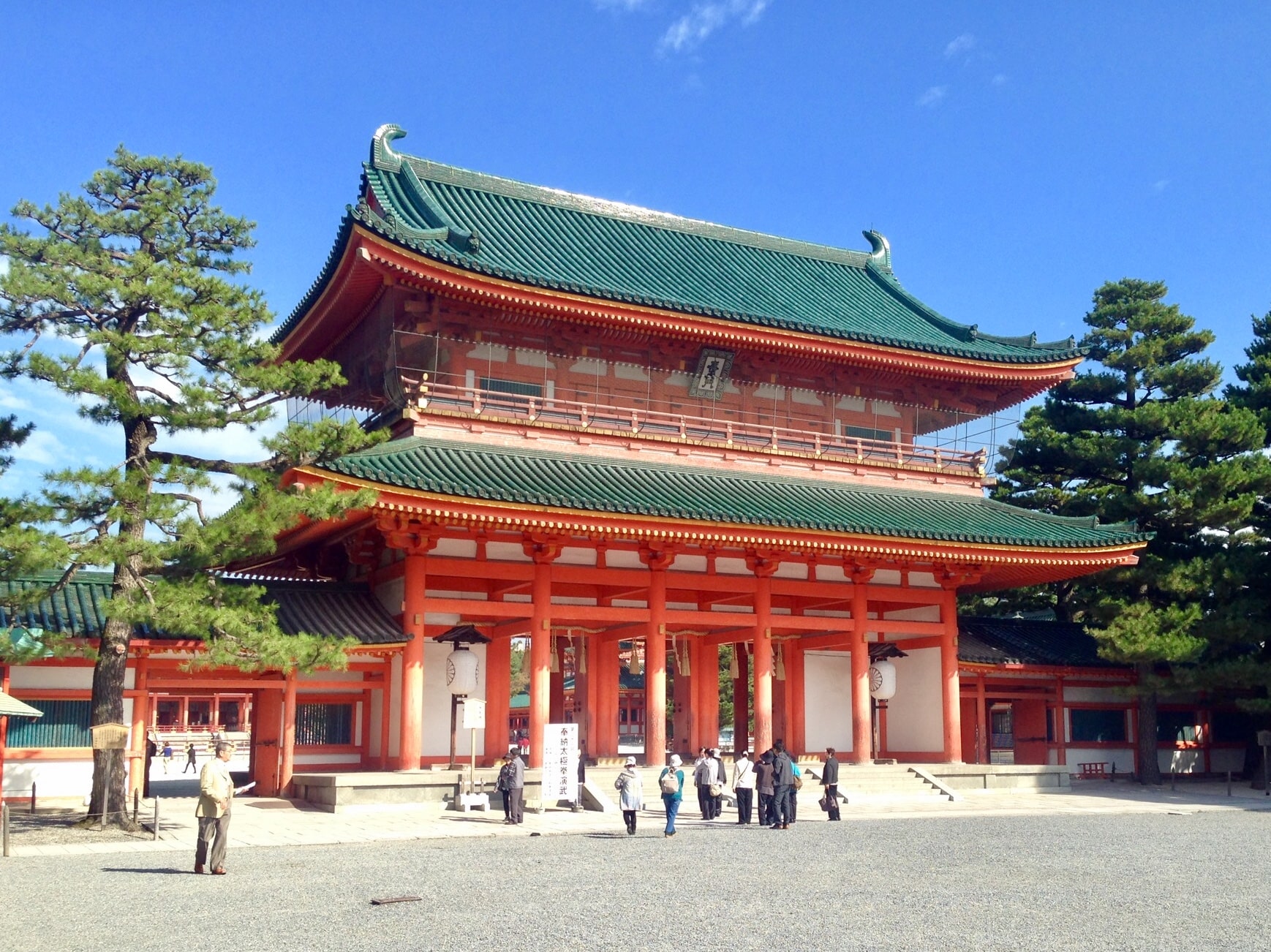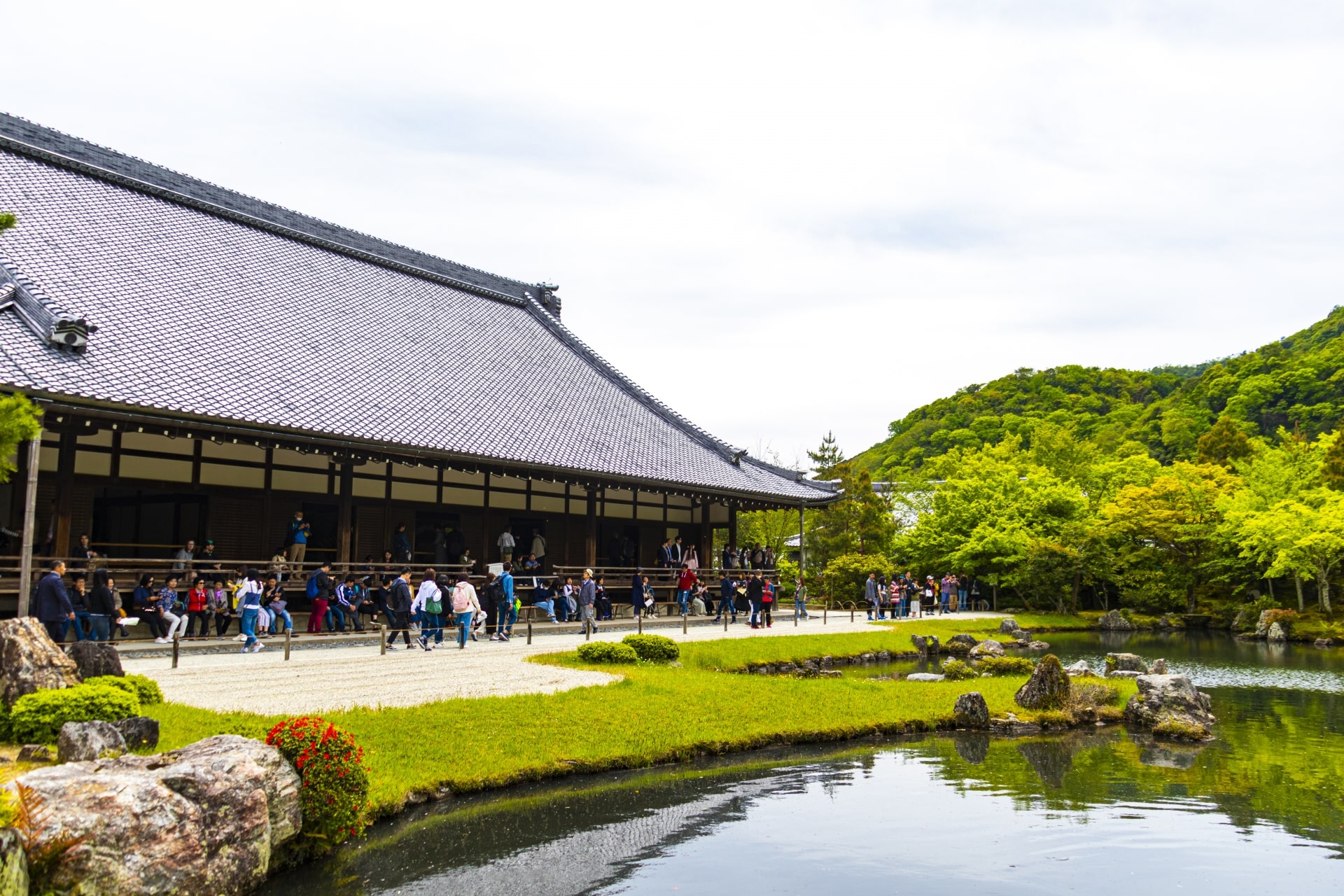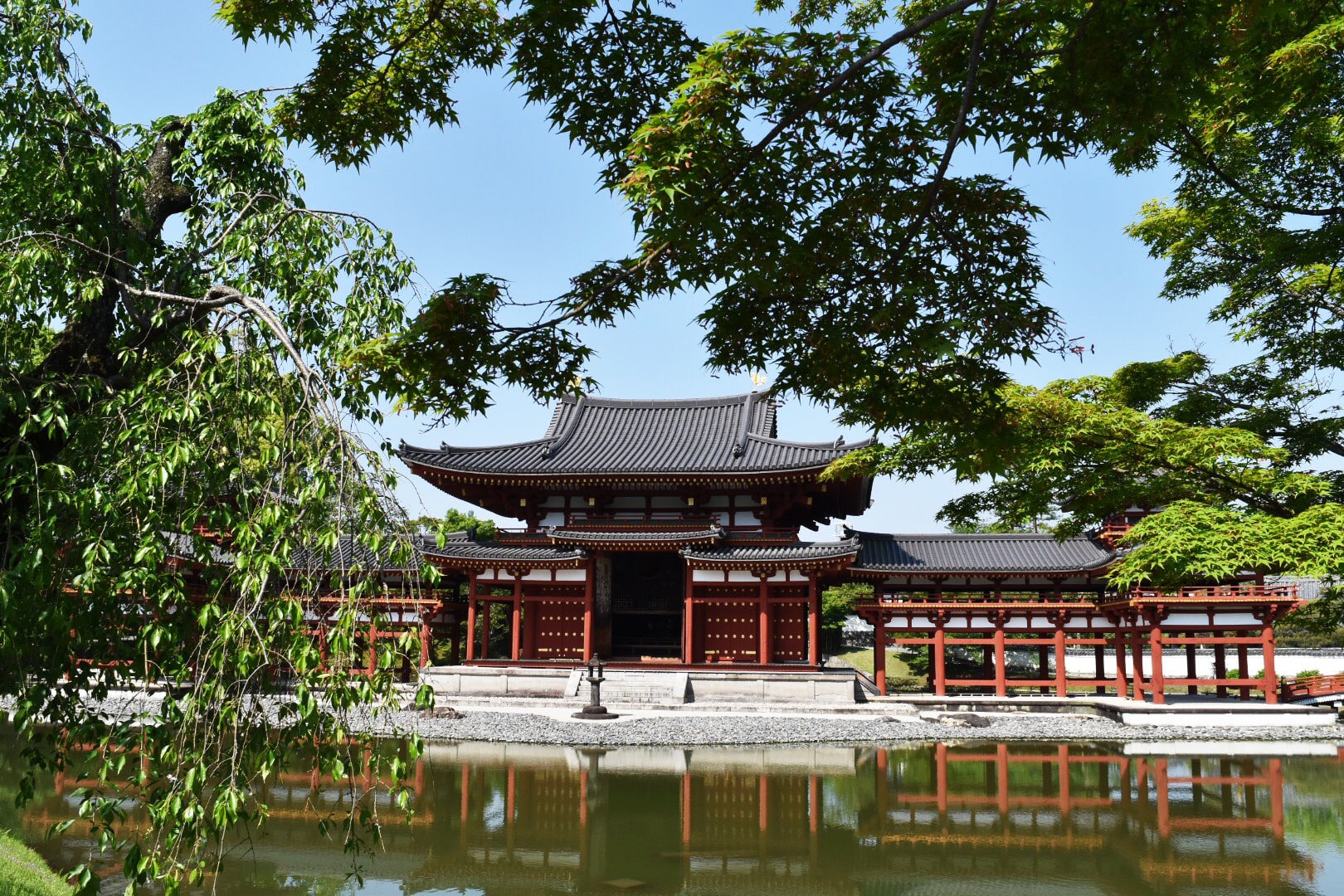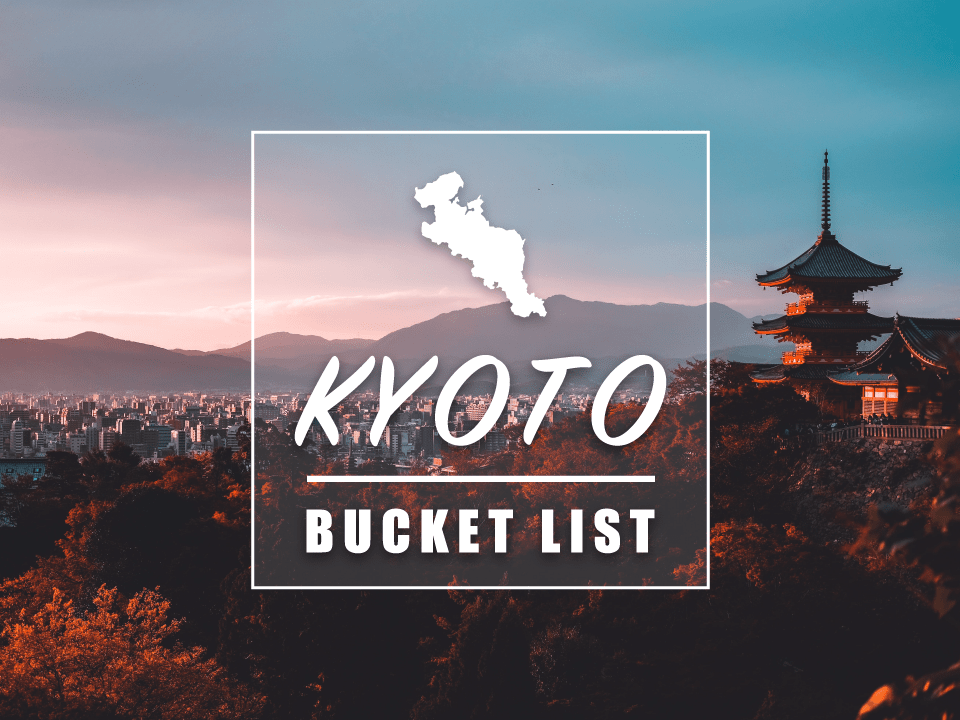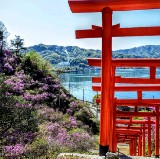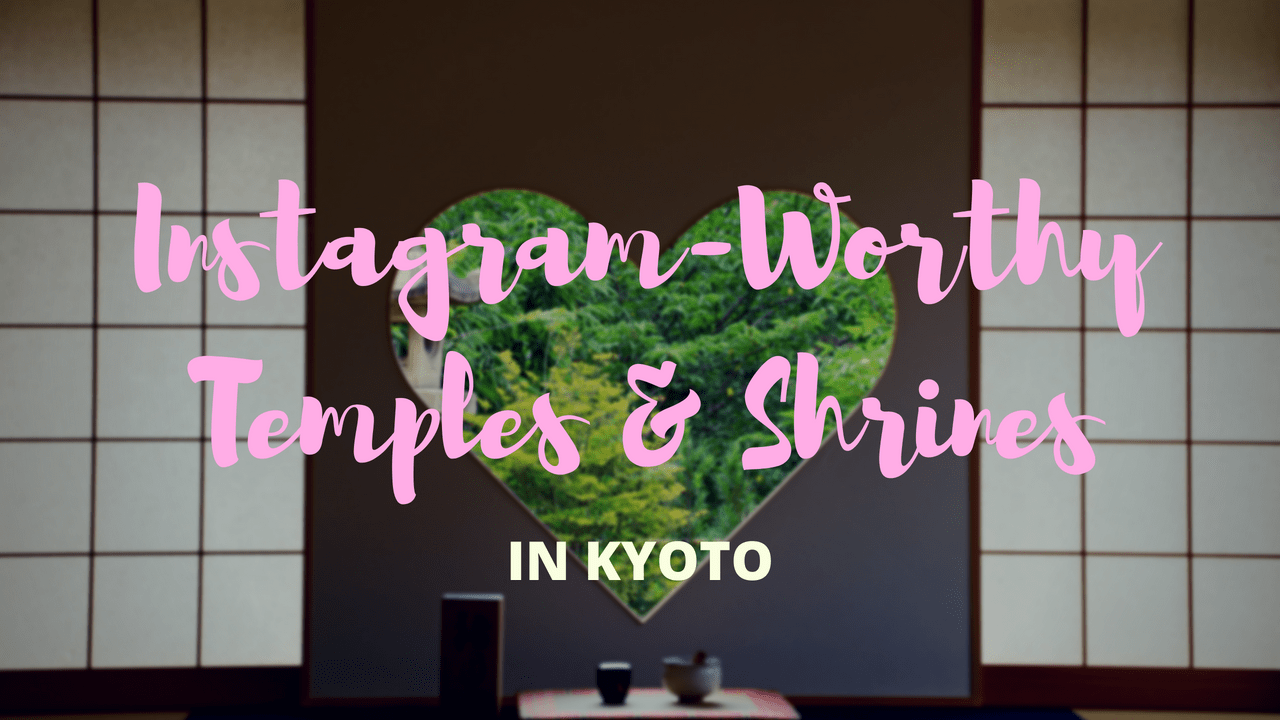10 Must-Visit Kyoto Shrines and Temples for First Timers
First Time in Kyoto : Best Shrines and Temples to Visit in Kyoto
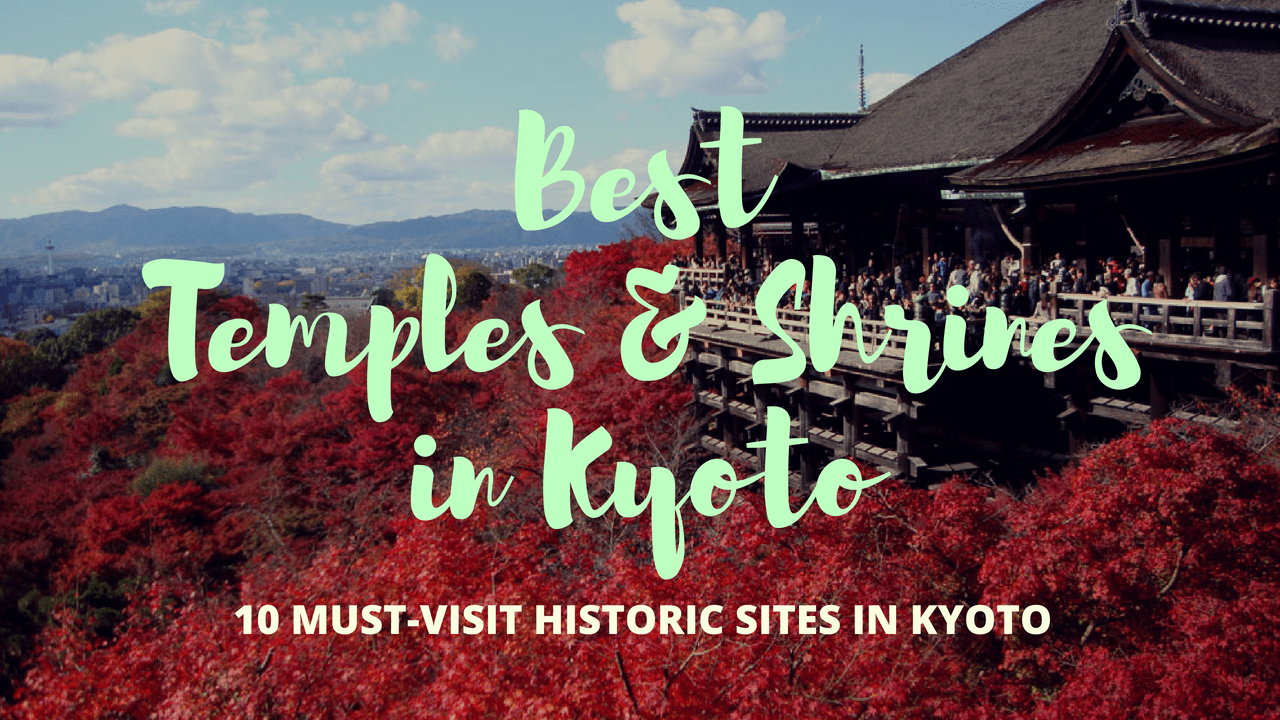
Have you wondered how many temples and shrines are in Kyoto? In fact, this city is home to over 4,000 of them! That’s actually more than the number of convenience stores in the city! WOW! With so many to choose from, how would you go about picking which shrines and temples to visit out of thousands?
In case you’re wondering which temples and shrines in Kyoto are truly worth seeing, I’ve compiled a list of 10 must-visit sites that every first-time visitor should consider. Hopefully, you may get some ideas from it. Please take a look 🙂
*Please note that this article contains affiliate links.
1. Kinkakuji Temple
Kinkakuji (金閣寺), also known as the Golden Pavilion, is one of the most iconic landmarks in Japan. Located in northern Kyoto, this shimmering Zen Buddhist temple draws millions of visitors each year with its striking gold-leaf-covered exterior and elegant reflection on the surrounding pond. It’s officially named Rokuonji, originally built in 1397 as a retirement villa for the shogun Ashikaga Yoshimitsu before being converted into a temple.
Every first-time visitor to Kyoto should make time for this remarkable site, not just for its beauty, but for its historical and cultural significance within Japanese architecture and garden design.
More info: Kinkakuji Temple: Kyoto’s Golden Pavilion
2. Fushimi Inari Taisha Shrine
Fushimi Inari Taisha Shrine (伏見稲荷大社) is one of Japan’s most visited shrines, particularly popular among international travelers in recent years. Founded in the year 711, it serves as the head shrine of all Inari shrines across Japan—dedicated to Inari, the Shinto deity of rice, prosperity, and business. The shrine is especially renowned for its thousands of vivid red torii gates, which form winding paths through the forested slopes of Mount Inari. Featured in the film Memoirs of a Geisha, this dramatic scene of vermilion gates has become one of the most photographed and instantly recognizable sights in Japan.
More info: Fushimi Inari Taisha: Kyoto’s Most Visited Shrine by Foreign Visitors!
While most visitors come for the famous torii gate tunnel, the grounds offer much more beyond the main photo spots. A hidden hiking trail extends up the mountain through quiet groves of bamboo and cedar, offering a more secluded and reflective walk away from the crowds. The Fushimi Inari Hidden Hiking Tour is a popular small-group option for travelers looking to discover this side of the shrine. Guided by a local, the tour follows a secret path through the forest, providing a more personal way to explore the natural and spiritual landscape of Mount Inari.
Check the following link to find more details about the tour:
3. Kiyomizu Temple
Kiyomizu Temple (清水寺) or Kiyomizudera is one of Kyoto’s oldest and most celebrated temples, founded in 778. Its massive wooden stage, built without nails, juts out dramatically over the hillside, offering sweeping views of the city and surrounding forest.
Along with Kinkakuji Temple and Fushimi Inari Taisha Shrine, it ranks among Kyoto’s top three most visited landmarks. The name “Kiyomizu” means “pure water,” referring to the sacred Otowa Waterfall on the temple grounds, which has drawn pilgrims for centuries.
More info: Kiyomizudera: Kyoto’s Sacred Waters
4. Sanjusangendo Temple
Sanjusangedo (三十三間堂) is home to one of Japan’s most awe-inspiring sights: a hall filled with 1,001 life-sized statues of Kannon, the Buddhist goddess of mercy. The name means “Hall of Thirty-Three Spaces,” referring to the architectural layout of the long wooden structure. Built in the 13th century, the temple remains an active place of worship and is a remarkable showcase of Kamakura-period craftsmanship and devotion.
More info: Sanjusangendo: Kyoto’s Buddhist Temple with 1,001 Golden Statues
5. Ginkakuji Temple
Ginkakuji Temple (銀閣寺) or the Silver Pavilion, was modeled after Kinkakuji but never actually clad in silver. Built in the late 15th century by shogun Ashikaga Yoshimasa as a retreat, it reflects the aesthetics of wabi-sabi, subtle beauty and simplicity. Its moss garden and meticulously raked sand garden are masterpieces of Zen landscaping, especially striking during autumn when the maple leaves blaze red.
More info: Ginkakuji Temple: Silver Pavilion in Kyoto
6. Ryoanji Temple
Ryoanji Temple (龍安寺) is a Zen temple best known for its rock garden, one of the most iconic examples of karesansui (dry landscape) design. Created in the late 15th century, the garden features 15 stones arranged in a pattern that resists easy interpretation, inviting meditation and quiet reflection. To this day, the garden’s exact meaning and origin remain the subject of debate, which only adds to its mystique.
More info: Ryoanji Temple: Kyoto’s Best Zen Rock Garden
7. Kifune Shrine
Kifune Shrine (貴船神社) is a photo-worthy shrine tucked in the forested mountains north of Kyoto, which has become a favorite among photographers for its lantern-lined stone steps, especially stunning in snow or fall foliage. The shrine is dedicated to the god of water and matchmaking, and it’s traditionally visited by people praying for strong relationships. In recent years, its rising popularity has been fueled by social media and its atmospheric, fairytale setting.
More info: Kifune Shrine: New Travel Destination in Kyoto
8. Heian Shrine
Heian Shrine (平安神宮) was built in 1895 to honor the first and last emperors to rule from Kyoto. The vivid red shrine has one of the biggest torii gates in Japan, leading to a spacious complex modeled after Kyoto’s ancient Imperial Palace. The shrine is especially popular in spring, when its weeping cherry trees burst into bloom and transform the gardens into a sea of pink.
More details Heian Shrine: Kyoto’s Best Weeping Cherry Blossom Spot
9. Tenryuji Temple
Tenryuji (天龍寺) is the most prominent temple in Kyoto’s Arashiyama district and a UNESCO World Heritage Site. Originally built in 1339 by shogun Ashikaga Takauji, it’s the head temple of the Rinzai Zen school and renowned for its beautifully landscaped garden, which has remained largely unchanged since the 14th century. Inside the main hall, visitors can look up to find the temple’s famous ceiling painting—a dynamic depiction of a cloud dragon.
More info: Tenryuji Temple: Kyoto’s Yet Another UNESCO World Heritage Site
10. Byodoin Temple
Byodoin Temple (平等院), located in nearby Uji, is one of Japan’s most iconic Buddhist temples—its Phoenix Hall is famously featured on the back of the 10 yen coin. Originally built in 1052 during the Heian Period, the temple represents the Pure Land (Jodo) style of architecture and belief. The reflection of the hall on the adjacent pond creates a perfectly symmetrical view that draws photographers and pilgrims alike.
More details: Byodo-in: the World Heritage Buddhist Temple in Kyoto
How did you like the list? If you’re planning your first trip to Kyoto and are wondering which temples and shrines to visit, these 10 should be at the top of your list! There are countless temples and shrines in Kyoto, so choose wisely! 🙂
If you’re a second-time visitor to Kyoto and looking for off-the-beaten-path spots, consider checking out the articles below! 😉 Kyoto has many hidden gems beyond its famous temples and shrines, so there’s plenty to discover!
Written by
"The world is my oyster." As a dedicated globetrotter and hammock enthusiast, I’ve spent years chasing new experiences, collecting stories, and discovering the world’s most incredible destinations. Born and raised in Japan, I’ve always had a deep connection to my roots, but my love for adventure has led me to spend over a decade exploring countries across the globe—from culture-rich cities to remote hideaways.
Travel isn't just a hobby for me; it's a lifestyle. I'm constantly searching for new ways to fuel my wanderlust. Over the years, I’ve developed a wealth of knowledge and a treasure trove of tips that make traveling more enjoyable, practical, and meaningful.
Through my experiences, I've come to appreciate not only the beauty of travel but also the importance of understanding diverse cultures, embracing the unfamiliar, and stepping out of my comfort zone. My travels have shaped who I am today, and I’m excited to share those lessons with others.
With Japan Web Magazine, I aim to offer practical advice, insider tips, and firsthand stories that help travelers navigate their journeys to Japan or setting off on a global adventure. From hidden gems in Japan to travel hacks that make any trip smoother, I hope my insights inspire you to embark on your own adventures and make the most of every moment. Let’s explore the world together!
You can also find my stories here ▶ https://medium.com/@nahobm





